Interview with Lotta and Stina
We sat down with Lotta and Stina who shared their journey working together for the past 20 years and the advice they have for early-career circus artists.
Read More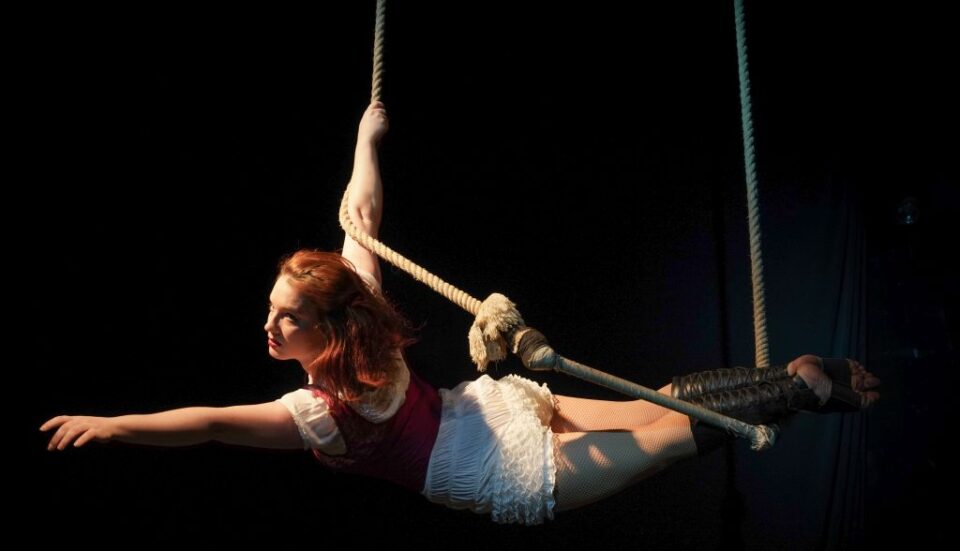
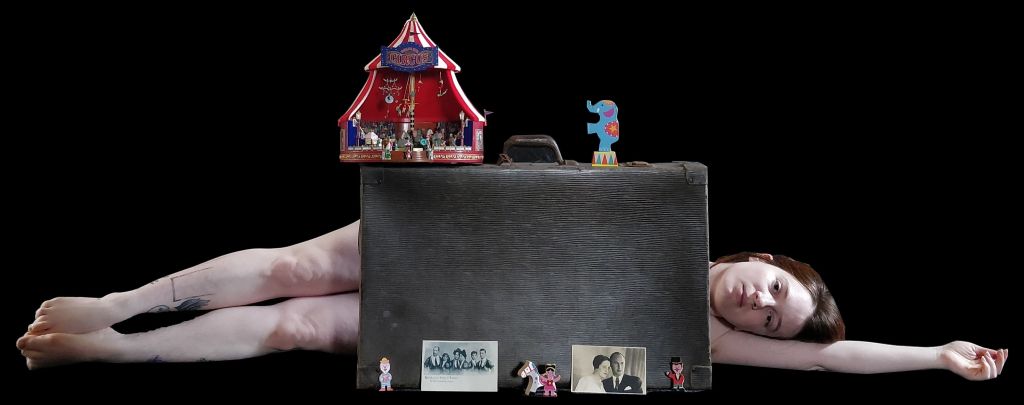
Theatre and circus artist Stav Meishar takes her show The Escape Act to Jacksons Lane on Monday 22 and Tuesday 23 September, which came about after she chanced upon the amazing story of a Jewish acrobat who survived the Holocaust and realized immediately that she must write a play about it. In this interview she reveals incredible details from the story and shares the exciting experiences she went through during the process.
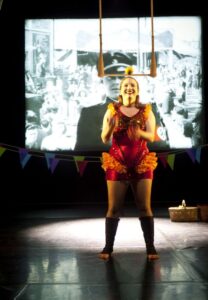
When she’s not on stage, artist and performer Stav Meishar teaches Judaism in a very original way – through performing arts in general, and circus in particular. Curious to find out if anyone else thought of this integration, she Googled “circus Jews” and happened to stumble upon at New York Times obituary for Adolf Althoff, a German circus owner who rescued a Jewish family of acrobats during World War II.
“There was very little information about this heroic act, and yet my eyes immediately lit up!”, she recalls. “From the first moment it was clear to me that I want to make a show about this. I knew I chanced upon a story that has to be researched further, uncovered bit by bit, so that it may be shared with generations to come.”
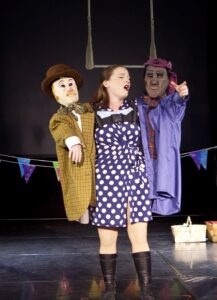
A few years later – after a lengthy research and personal turmoil – she managed to finish the stage adaptation of this fascinating story. The result: a one-woman theatre show combining elements of circus and puppetry, called The Escape Act – A Holocaust Memoir. The show is going on its first UK tour in autumn 2019, coming to Jacksons Lane on Monday 23 and Tuesday 24 September.
How did you uncover more details on this acrobat family?
SM: My first stop was the Yad Vashem Museum in Israel, which gave Althoff and his wife the title of ‘Righteous Among the Nations’ and gathered testimonies from them and from the family they saved. Of all the moving photos and words, one sentence in particularly stuck with me when Althoff was asked how and why he took such a risk: ‘Circus people live in the whole world and belong to the whole world.’
It all started when Irene Danner, an 18-year-old Jewish woman, visited the Althoff Circus. Irene was a fifth-generation circus artist, a descendant of a real circus dynasty – the Lorch Family. Her grandfather’s troupe was one of the most successful in the world in the turn of the century and appeared all over Europe, South America and the USA.
When Iran visited the circus, it was already after Germany banned Jews from working and yet the circus visit reminded her of her roots and instilled in her the desire to return to the the place she loved so much. In addition, she wanted to join the Althoff Circus because she fell in love with their clown, Peter Bento. Irene and Peter asked Althoff to give Irene a job, and Althoff – who knew full well about the risk and the ban – did not think twice and invited her to join them.
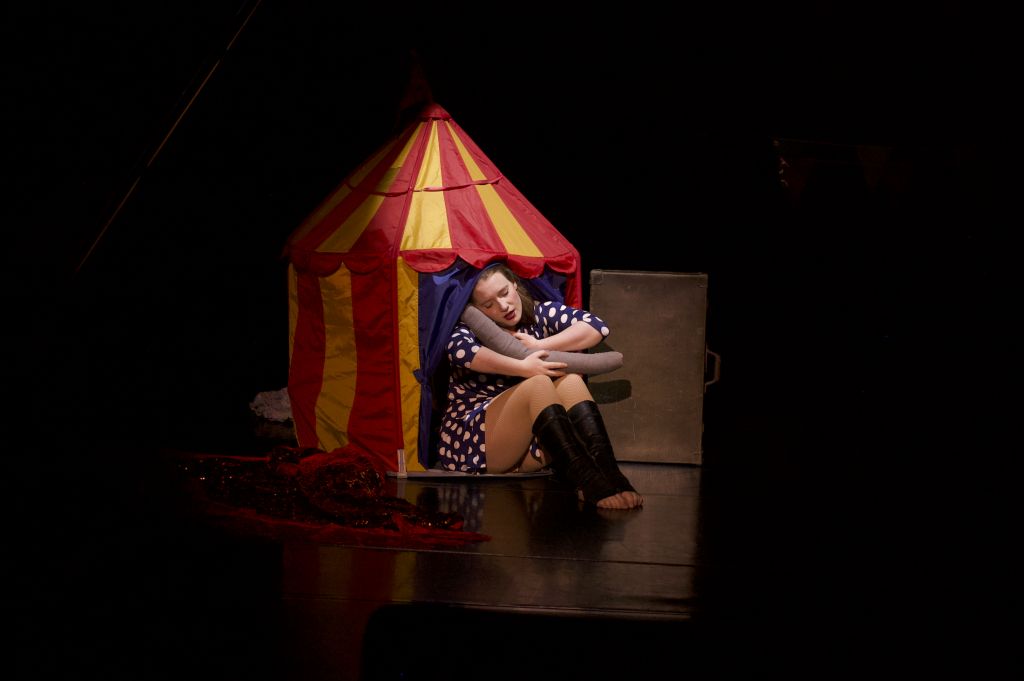
What else did you find out?
SM: Some of my favorite anecdotes include a Muslim acrobat who became Irene and Peter’s closest friend and helped them hide every time the Nazis came for inspection; another one of the hardest moments in the show is when Irene gives birth to her firstborn at the hands of an anti-Semitic doctor… But I don’t want to give any spoilers!
What attracted you to this story?
SM: I am a circus artist myself, and that’s where the connection started. But there are many other points of contact between me and Irene: the desire to performance even when everything else collapses, for example, truly resonated with me two years ago, while I was still in the research and writing process of the show, and I was diagnosed with colon cancer out of the blue. In between doctor appointment and tests and treatments, all I could think about was this show. I wanted to get well already so I could go back to the trapeze, and to this woman who stole my heart. That was when all the pieces of the puzzle came together.
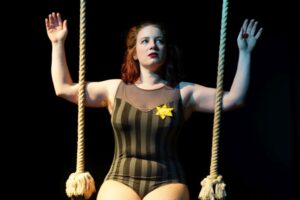
That’s when you found the connection?
SM: Yes. The play was mostly written at that point and yet something did not feel right. But then, just as I was about to undergo an abdominal surgery, I thought about Irene and the traumatic cesarean operation she had to go through with her first child. Suddenly I was afraid that I, too, would have a similar traumatic experience. And that’s when it hit me: that’s what’s missing in the play! The connection between her and me, the relationship between past and present, between character and performer. Particularly in a one-person show that relationship is so meaningful.
What personal additions did you make to the show?
SM: I was looking for the points in the story where, naturally, Irene’s experiences reminded me of my own. From this search, moments were born in a show where I leave Irene and speak to the audience directly – me, Stav – and talk about my Holocaust-surviving grandfather, and my childhood in the shadow of his memories… Those are the most raw and exposed moments in the show: when the house lights go up and I can see each and every one of the audience members, without the character’s “mask” to hide behind. It is scary but also allows a very special connection between me and the audience.
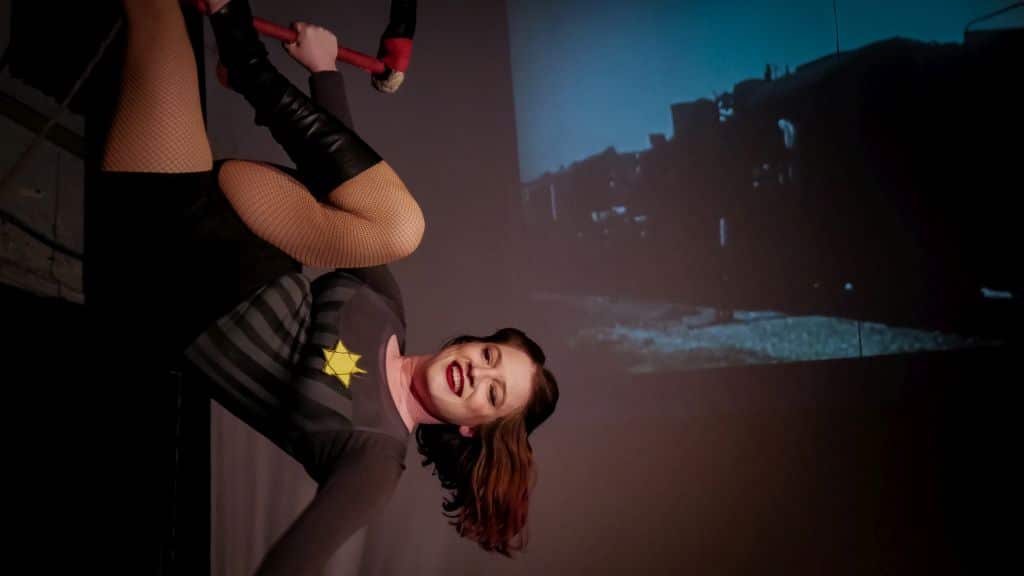
How did you work on the show?
SM: Beyond the writing and rehearsing process, which is of course part of every show, I embarked on a seven-year, in-depth research on the histories of Jews in the circus industry between the world wars. Irene got the focus of the show but her story is really just the tip of the research iceberg, which I am still carrying on. It was like falling down the rabbit hole in ‘Alice in Wonderland.’ Once I started, I had no idea how deep it all went…
What else did you uncover in your research?
SM: Before the rise of the Nazi party, Germany and Europe as a whole enjoyed Jewish talent in the circus: from Jewish artists hired by the big circuses, to circuses owned entirely by Jewish families… incredible stories! A family of dwarves who were almost all saved because Dr Mengele made them his pets and test subjects; a Jewish circus artist who fled to America and survived the most famous circus disaster in history, the Hartford Fire; a Jewish circus dancer who didn’t know she was Jewish until after the war…
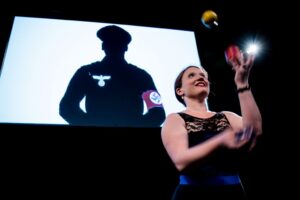
And you traveled yourself to Irene’s hometown.
SM: Yes. These were some really special moments: When I said ‘Kaddish’ (the Jewish mourners prayer) over the grave of Irene, Peter and her parents; when I visited Irene’s children in the house where she was raised; and perhaps the most incredible moment of all: when I went to Morocco on my honeymoon and by mere chance, through Irene’s son who is still in touch with everyone, I discovered that one person from this era is still alive – Mohammed, the Muslim acrobat who was the family’s best friend and helped them hide – he was living in Tangier aged 94! Thus my husband and I found ourselves in the living room of an old but vigorous acrobat, full of humor and affection, who shared first-hand stories with us and touched me to my very core.
What can the audience expect of your show?
SM: First of all, the audience gets a true and amazing story about courage, compassion, generosity and human kindness, all in the shadow of unimaginable danger. Additionally it is the story of how the present is affected by the past, of the impact trauma can have on generations to come. Particularly in today’s political climate, where issues of borders and refugees and concentration camps are again coming to the forefront, I think this is an important topic to engage with.
Beyond that, there are the artistic elements: the show includes a lot of puppets, static trapeze, juggling and more, in addition to being a theater show. At the end we will have a conversation with the audience for a Q&A, where I would love to receive comments and feedback and answer any questions about the show, the work process and beyond.
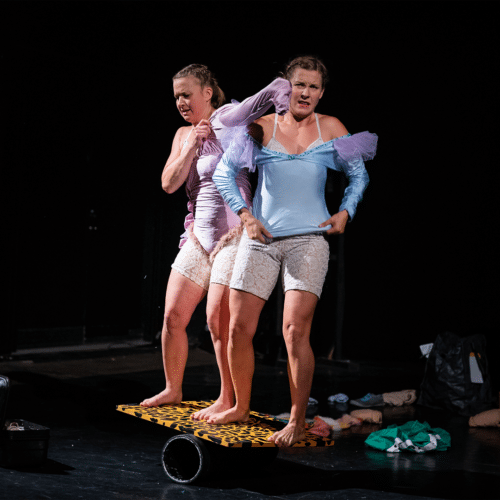
General
Interview with Lotta and Stina
We sat down with Lotta and Stina who shared their journey working together for the past 20 years and the advice they have for early-career circus artists.
Read More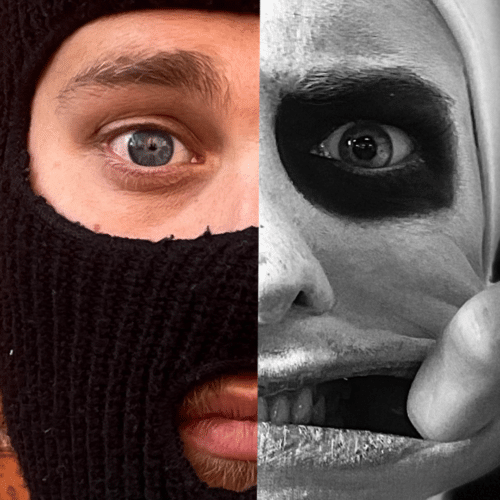
General
Interview with the Creators of Tongue & Cheek
This week we had a chat with the creators behind Tongue & Cheek, Ruby Burgess & Charles Brockbank. We talked about how they met, how they work together and what inspired their two new shows.
Read More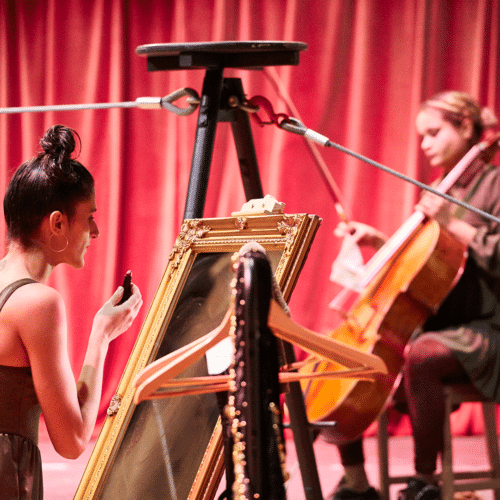
General
Women’s History Month at Jacksons Lane
March is Women’s History month, so our Executive Director, Hannah Cox, takes us through a brief history of Harringey and Jacksons Lane as platforms for trailblazing women working as activists and feminist artists in our communities.
Read More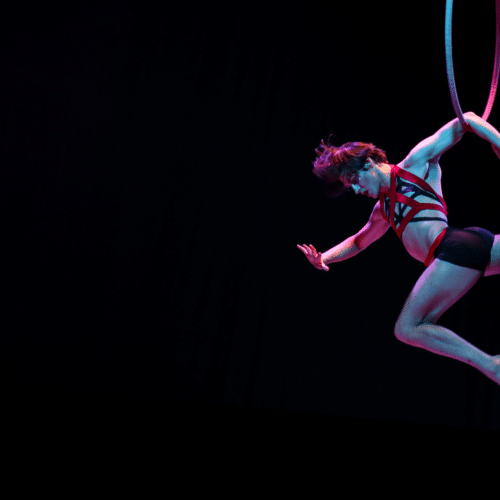
General
Interview with Brainfools
Here’s our interview with our resident circus company: BrainFools.
Read More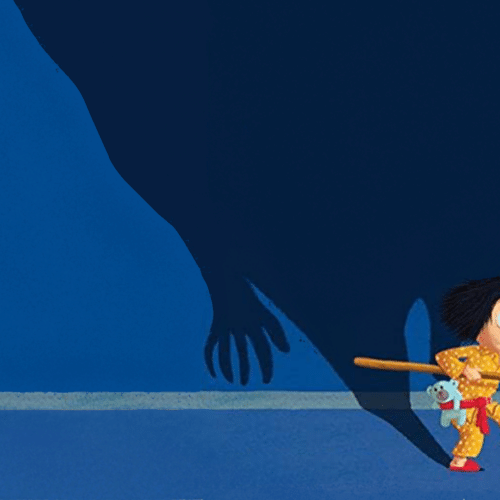
General
Interview with Faceplant Theatre
This week we talked to the award-winning family theatre company behind In the Dead of the Night, Faceplant Theatre.
Read More